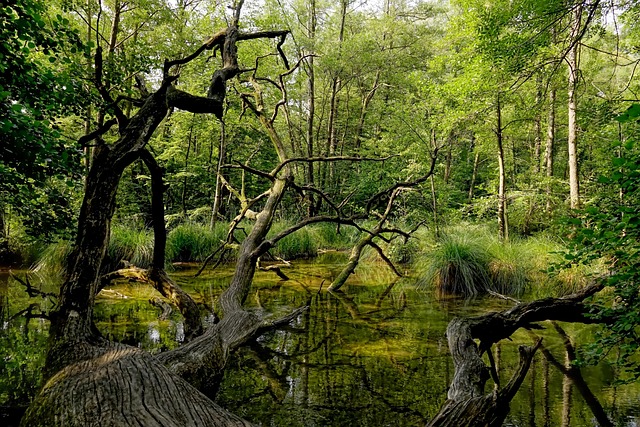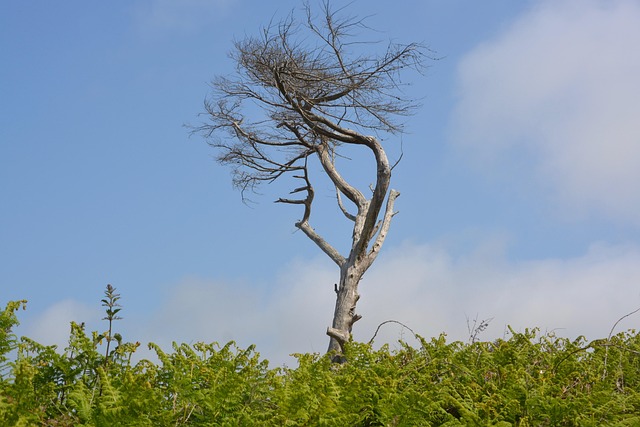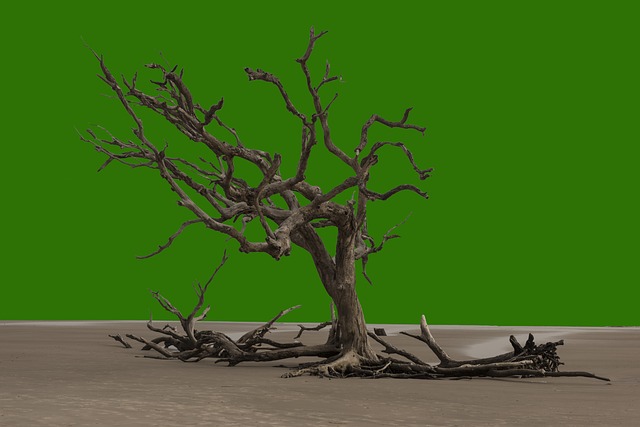In Japanese culture, even seemingly lifeless dried branches hold a special place in natural decoration. While many Western cultures focus primarily on lush, colorful floral arrangements, the Japanese aesthetic finds profound beauty in the minimalist elegance of bare winter branches. This unique perspective transforms what might be considered “dead wood” elsewhere into artistic elements that bring subtle vitality to indoor spaces during the colder months.
The Japanese Appreciation of Dried Branches

The Japanese concept of finding beauty in dried branches stems from the ancient aesthetic principles of wabi-sabi – the acceptance of transience and imperfection. Unlike Western traditions that often favor symmetry and perfection, Japanese decorative arts embrace the irregular, asymmetrical forms found in nature.
Winter in Japan reveals a different kind of mountain beauty. When flowers and leaves disappear, the intricate shapes of branches become visible, creating fascinating silhouettes against the sky. This shift in focus from colorful blooms to textural elements represents the Japanese understanding that each season offers its own unique decorative gifts.
The appreciation of dried branches also connects to ikebana, the Japanese art of flower arrangement, where negative space and structural elements are just as important as the flowers themselves. In traditional Japanese homes, a simple vase with artfully arranged dried branches can serve as a seasonal decoration that honors nature’s winter state.
Types of Dried Branches for Decoration
Different types of dried branches offer unique characteristics that make them suitable for various decorative purposes:
| Branch Type | Characteristics | Best Decorative Use |
|---|---|---|
| Pine | Strong, textured with unique bark | Rustic winter displays, holiday decorations |
| Birch | Smooth, white bark with elegant shape | Modern minimalist arrangements |
| Cherry | Delicate structure with gentle curves | Traditional Japanese displays, spring transition |
| Maple | Complex branching pattern with character | Standalone artistic pieces |
| Willow | Flexible, flowing structure | Hanging arrangements, wreaths |
| Bamboo | Straight segments with distinctive joints | Asian-inspired decor, structural elements |
In Japan, maple branches are particularly treasured for their complex structure, while cherry branches are collected in late winter as they begin to show signs of budding – representing the promise of spring while still maintaining winter’s spare elegance.
How to Collect and Prepare Dried Branches

Collecting dried branches can be an enjoyable outdoor activity that connects you with nature. However, it’s important to do so respectfully and legally:
- Collect only from your own property or obtain permission from landowners
- Never take branches from protected areas, parks or public gardens without authorization
- Avoid damaging living trees – focus on collecting branches that have naturally fallen
- Look for branches with interesting shapes, textures, and branching patterns
- Consider sustainability – take only what you need and leave plenty for natural decomposition
Once collected, proper preparation ensures your branches will last:
- Clean the branches by gently brushing away dirt, moss, and loose bark
- Remove any signs of decay or insect damage
- Allow branches to completely dry in a well-ventilated area for several weeks
- Consider treating the branches with a light coating of wood preservative if they will be used long-term
- Store unused branches in a dry place to prevent mold or mildew
Creative Ways to Decorate with Dried Branches
Dried branches can transform your living space with their natural elegance:
- Stand tall branches in a simple vase for a dramatic focal point
- Create a hanging installation from ceiling beams or hooks
- Arrange smaller branches in low, wide containers for table centerpieces
- Incorporate small LED lights among the branches for a magical evening ambiance
- Spray paint branches in white, gold, or silver for holiday decorations
- Attach small ornaments or paper decorations to branches for seasonal celebrations
- Use branches as a natural jewelry display by hanging necklaces and bracelets
The beauty of decorating with dried branches lies in their versatility and low maintenance. Unlike fresh flowers, they won’t wilt or require water changes, making them perfect for busy households or those new to natural decorating.
Combining Dried Branches with Other Elements

While dried branches can stand alone as striking decorative elements, they can also be combined with other materials to create more complex arrangements:
- Moss and dried branches create a woodland feel
- Air plants attached to branches bring living elements to the arrangement without requiring soil
- Small dried flowers can be wired to branches for a delicate effect
- Seasonal elements like pine cones in winter or cherry blossoms in spring complement branch arrangements
- Stones or pebbles in the base of a container add stability and visual interest
- Ribbons or natural twine can be subtly wrapped around branches for added texture
In Japanese decorative traditions, the combination of different natural elements represents the harmony of the natural world. Each element is carefully chosen to complement rather than compete with the others, creating a balanced arrangement that feels both intentional and natural.
Cultural Spotlight: Mountain Materials in Japanese Homes
In rural Japan, collecting natural materials from nearby mountains has been a centuries-old tradition. Families would gather branches, pine cones, and other elements to create seasonal decorations that connect their homes to the surrounding landscape. This practice reflects the Japanese cultural value of living in harmony with nature’s cycles rather than trying to overcome them.
Summary
Dried branches offer a sustainable, elegant way to bring nature’s winter beauty into your home. By appreciating the Japanese aesthetic that finds beauty in simplicity and imperfection, you can transform ordinary branches into extraordinary decorative elements.
Whether displayed alone in striking simplicity or combined with other natural materials, dried branches connect our indoor spaces with the quiet elegance of winter landscapes. Next time you walk through a winter forest or garden, take a moment to notice the beautiful shapes and textures of bare branches – nature’s sculptural gift to the observant eye.


